If you were creating a Venn diagram of the small and marginally costly mistakes one can make in the backcountry, you’re likely to find the word “glop” somewhere near the nexus of the diagram. Glop is the term for snow/ice buildup, usually right underfoot, on your skin, (or your ski base).
Glop will weigh you down. Glop will slow you down. And often, glop will make you turn around.
There’s a saying to help us remedy this potential buzzkill: An ounce of prevention is worth a pound of cure. Certainly, most cultures have their version, and it’s a spot-on proverb for skinning awareness; glop can weigh several pounds, and some say its cosmic weight is exponentially heavier if it enters the buzzkill realm. Nobody wants a trip ruined by glop.
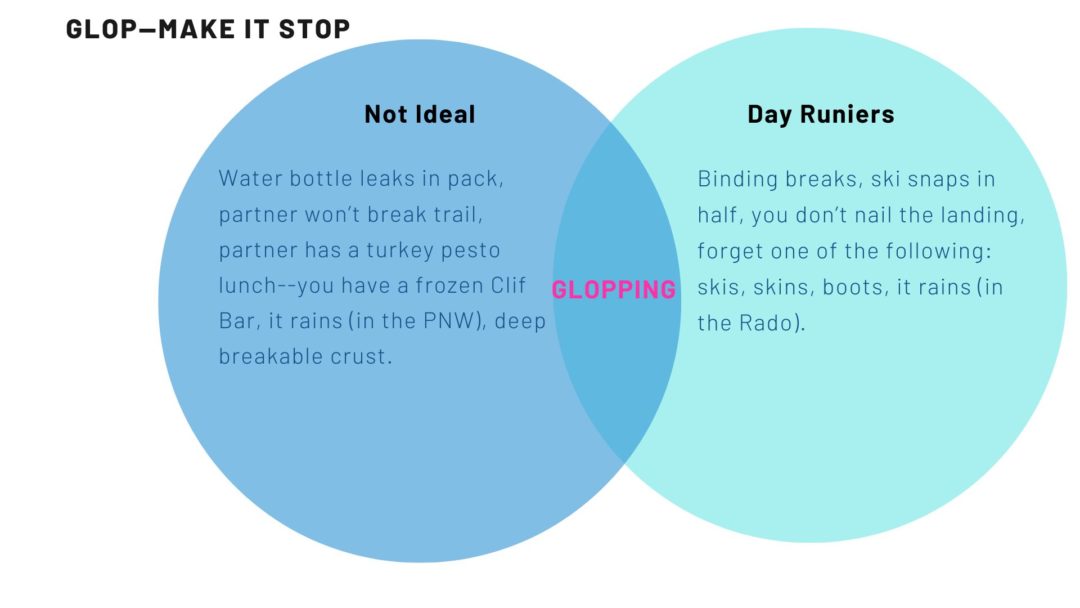
Glop Awareness
Glop happens. And it often builds up when skinning from sunny zones into shaded zones, particularly when there’s fresh snow. If air and snow temperatures are several degrees below freezing, there’s likely not much to worry about, as your skin remains cold and devoid of free water. But as temps warm towards the freezing point or above, skins tend to wet out (absorb moisture) in high wear zones—like under your foot. As you skin from sun to shade, where the temps are likely at or below freezing, powdery snow will begin to stick and build up on your skin. You might notice increased friction when sliding the skin forward as the glop builds. If it all hits the fan, things can literally snowball: you’ll end up with several inches of snow/ice underfoot. The worst case is you’ll feel like you’re walking on mini-stilts.

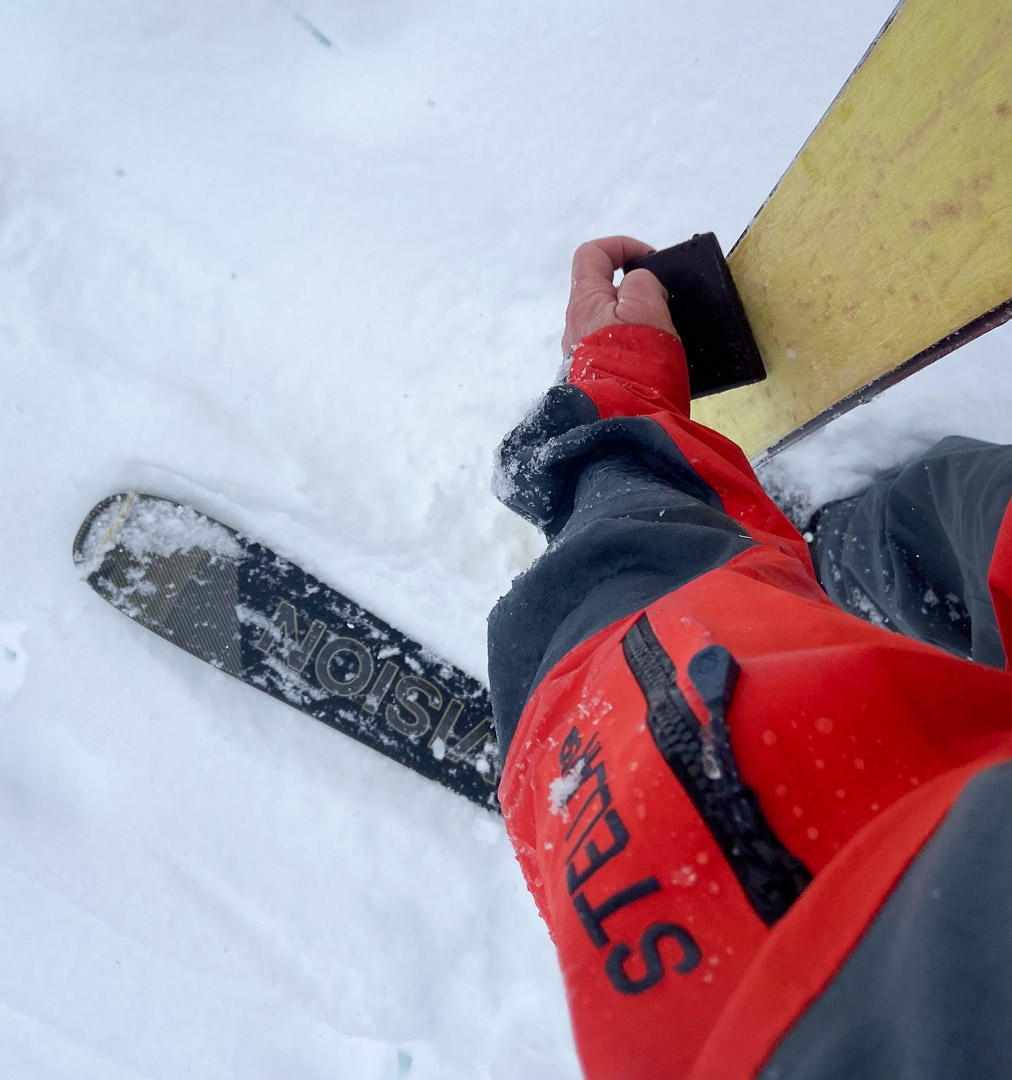
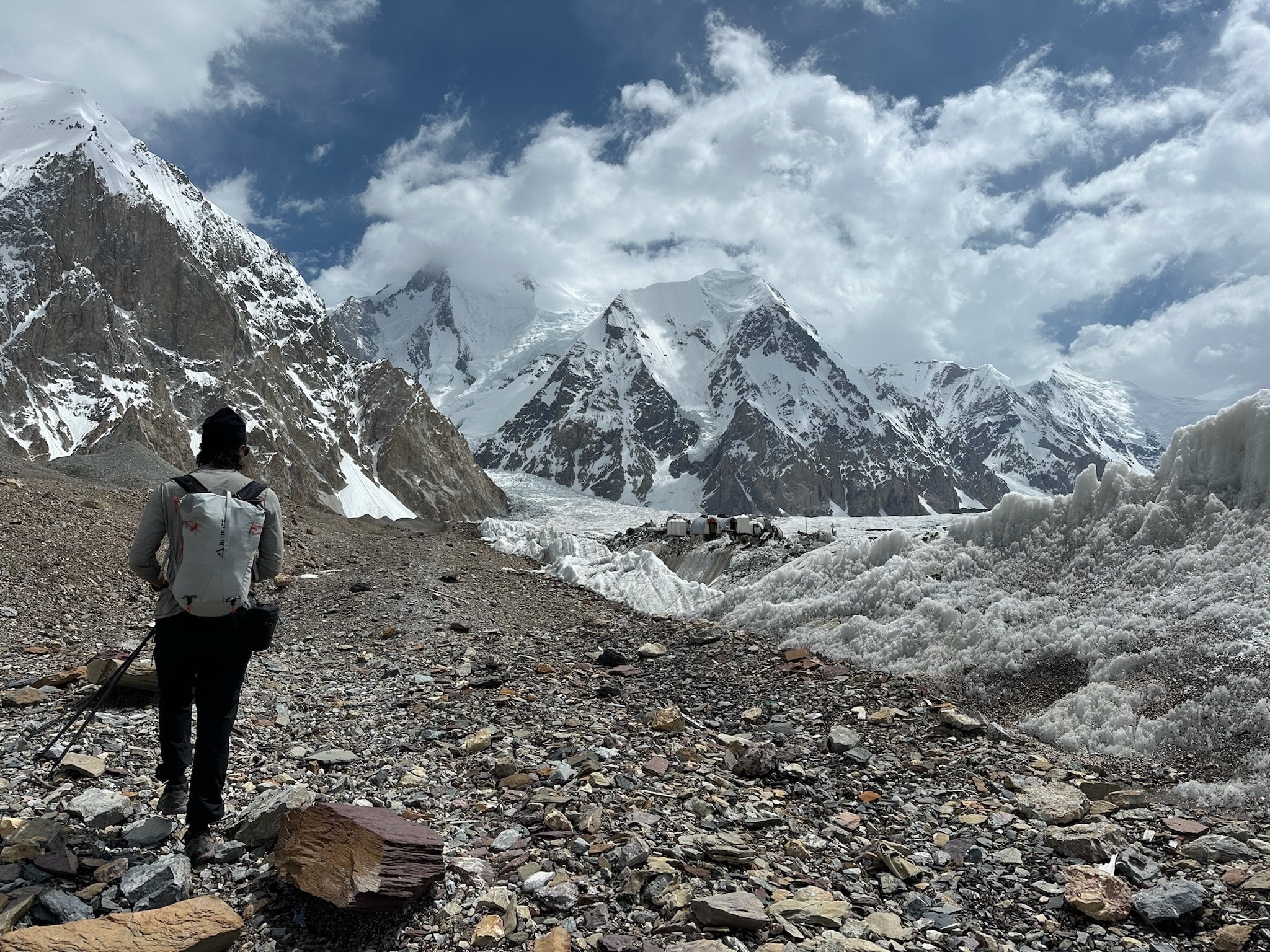
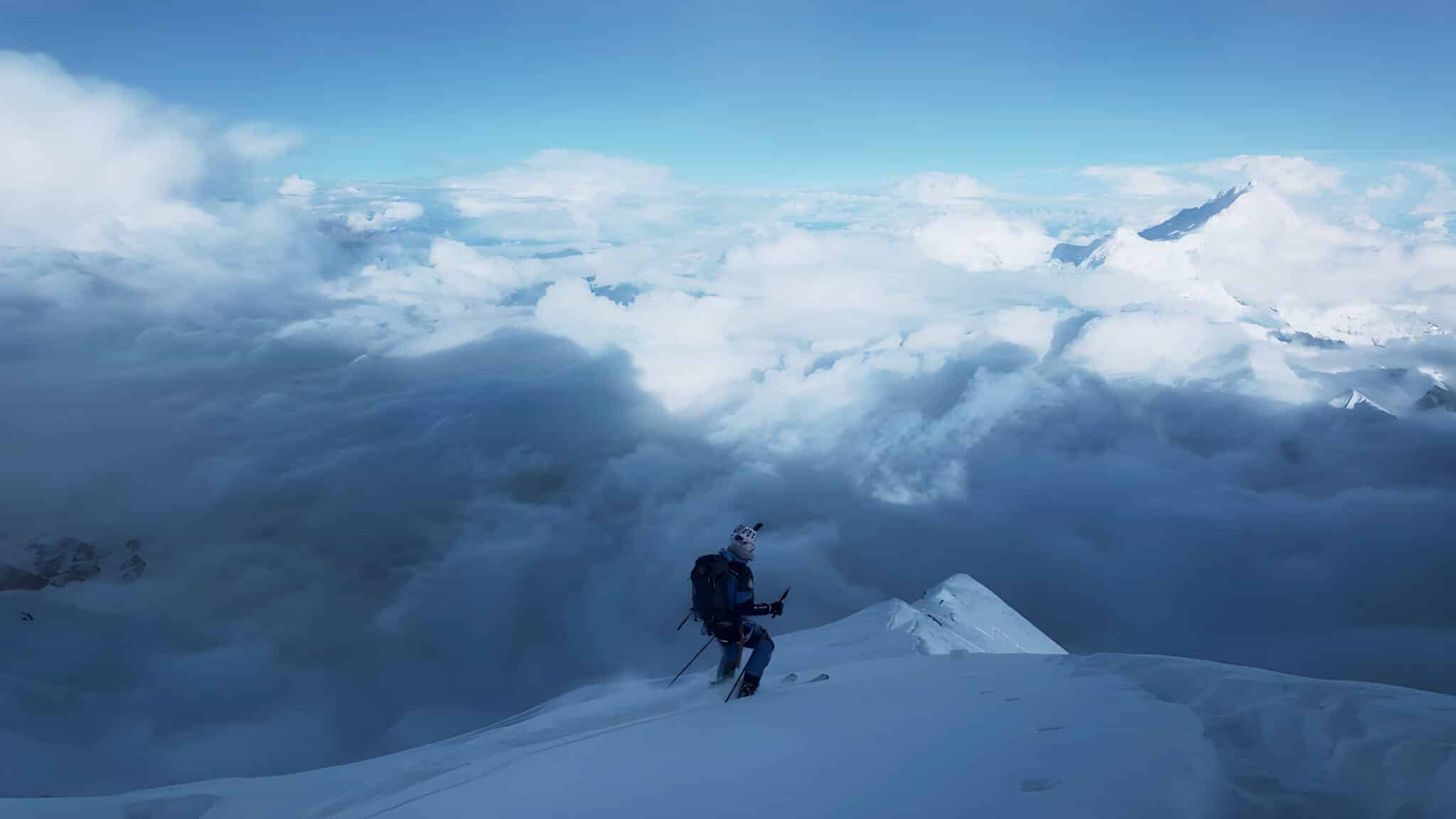
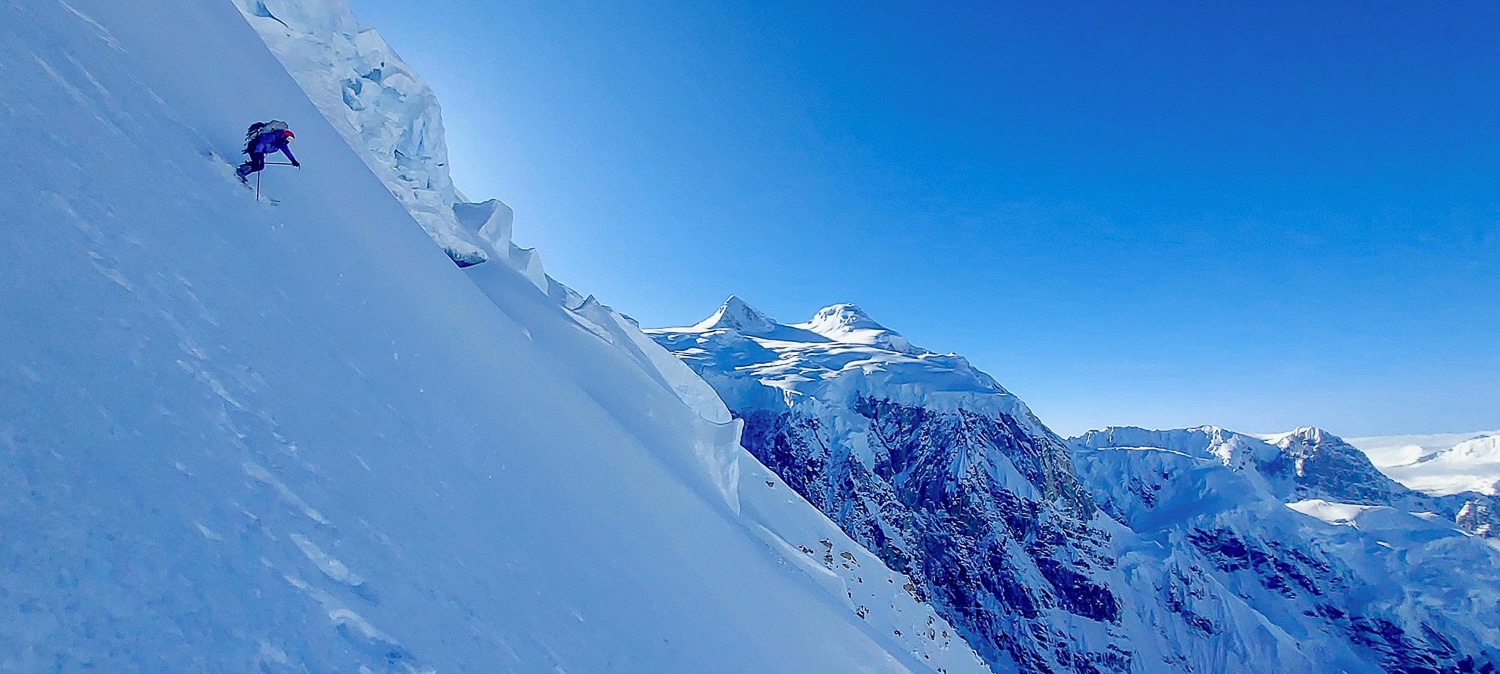
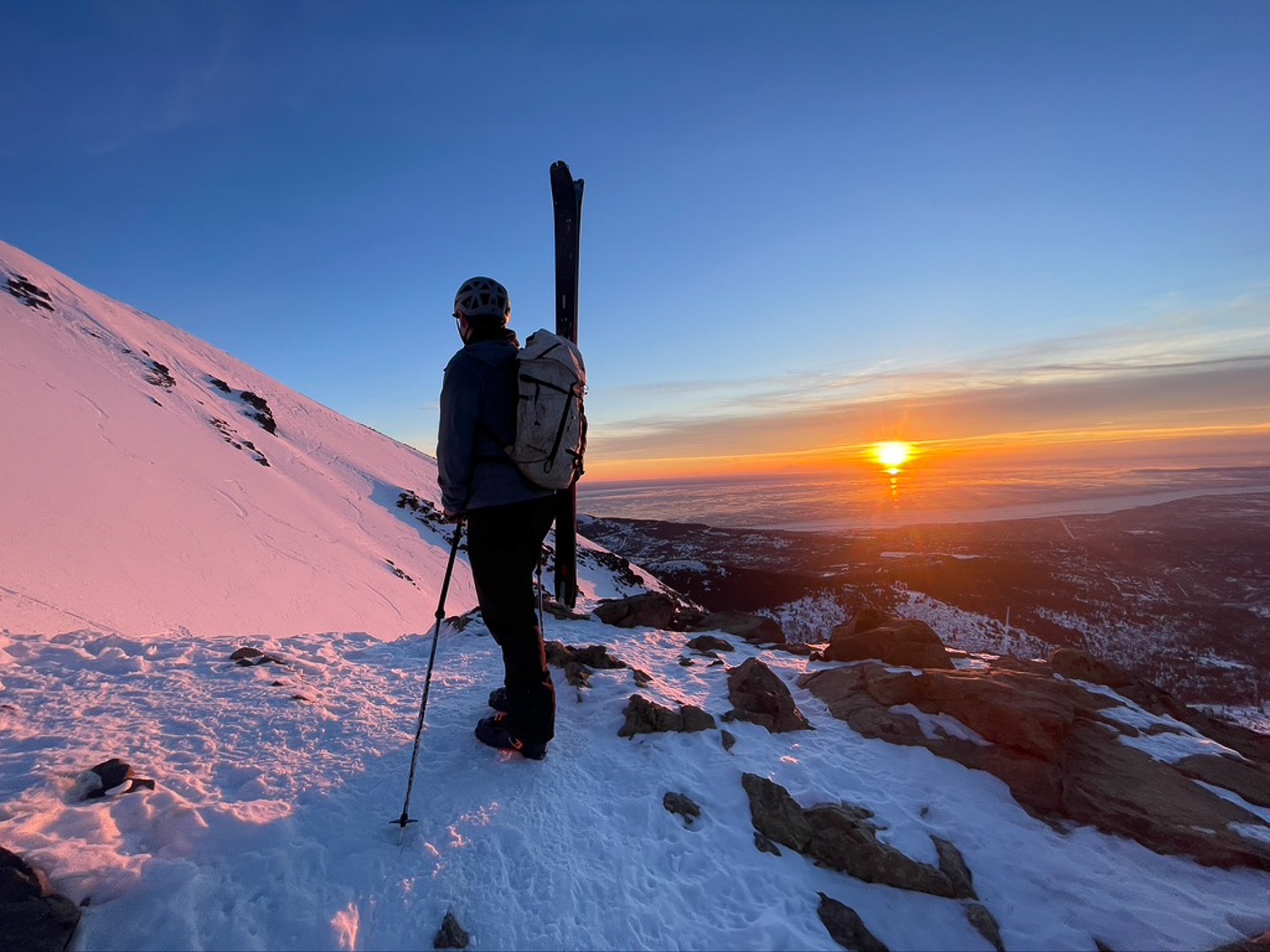
Leave a Reply
You must be logged in to post a comment.